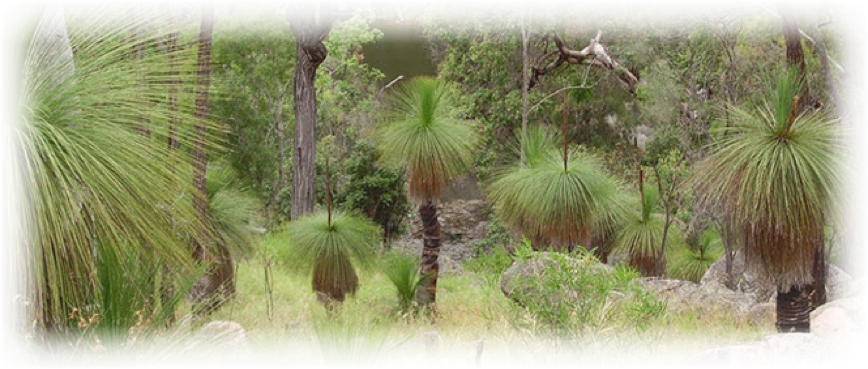Grass Tree Care
Planting
Grass trees are not difficult to transplant. If the appropriate care has been taken when the tree is originally reclaimed and potted, the mortality rate is no different to transplanting many other plants. The best trees to purchase are those that have aged in the pot and display new growth.
When transplanting grass trees, dig the hole first and then cut the pot off the tree. This way you retain as much of the original soil with minimal root disturbance.
Burning
The black trunk is caused by bushfire. We do not recommend that you burn your tree as there is no benefit to the tree.
Watering
Grass trees are drought tolerant. However, if kept in pots they must be watered regularly. After planting the tree will need regular water until the roots settle and grow. Established planted trees will benefit from watering during dry periods.
Drainage
Ensure good drainage by either:
– planting on slope for good run-off
– digging a deeper hole for sand and gravel base
– digging a shallower hole and mounding up for run-off
Fertilisers
The trees will benefit from a light feed of dynamic lifter or blood and bone in October and January. Also half a cup of raw sugar mixed in a watering can may be beneficial for the microbial activity necessary for good root growth. The grass tree will also benefit from a regular application of seaweed solution which is a good root conditioner.
Pests and Disease
Watch out for grubs in the crown when the trees are flowering. Treat with a pyrethrin spray.
If the leaves are yellowing or new growth is soft or limp, then it is most likely a result of poor drainage. Grass trees also suffer from Cinnamon fungus which causes root rot. Good drainage is the key as this fungus thrives in waterlogged soils.




